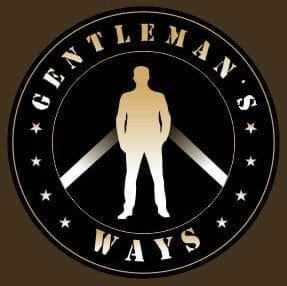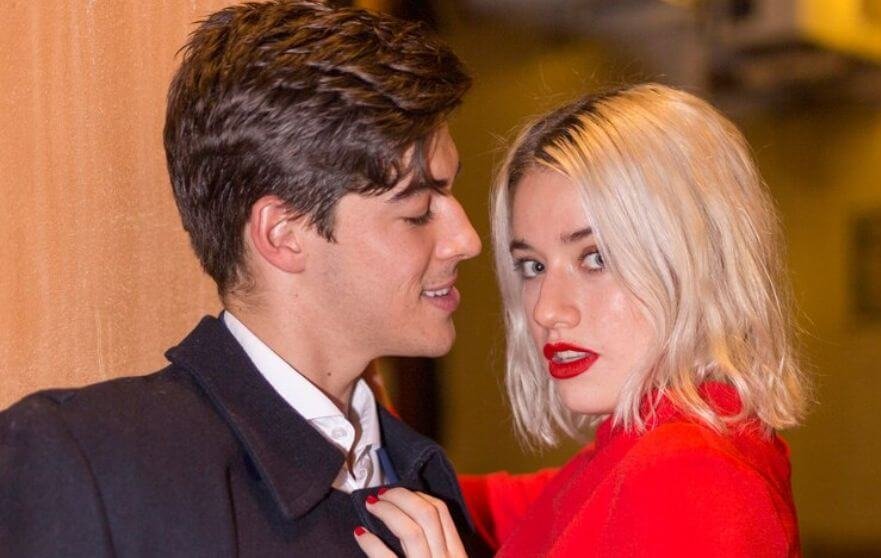Last updated on February 5th, 2025 at 12:52 pm
Do Gentlemen Prefer Blonds? Let’s examine the cultural implications, stereotypes, and preferences surrounding hair color, while uncovering what truly attracts gentlemen in relationships.
The age-old question, “Do gentlemen prefer blonds?” has worried minds for decades, fueled by popular culture and media portrayals.
From Marilyn Monroe’s iconic status to modern beauty standards, this debate raises inquiries about attraction and preference.
However, beneath the surface of this playful stereotype lies personal taste, societal influences, and individual experiences.
In this article, we will examine the implications of hair color on attraction, challenge preconceived notions, and discover what truly defines a gentleman’s preferences in love and companionship.
You might want to pin the image below.
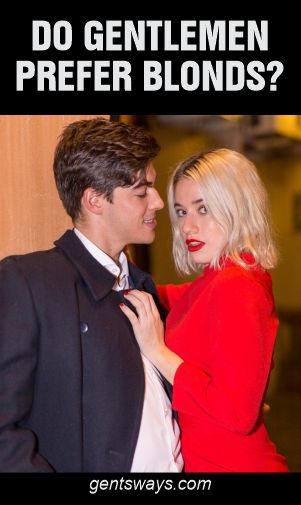
Table of Contents
- Historical Context of Beauty Standards
- The Psychology Behind Hair Color Preferences
- Celebrity Influence and Cultural Impact
- Reality Check: Preferences vs. Reality
Historical Context of Beauty Standards
The concept of beauty has evolved throughout history, influenced by various cultural, social, and political factors.
In different eras, skin tone, body shape, and hair color have been assigned varying degrees of desirability.
Each historical period has its standards of attractiveness that often reflect the prevailing values and fashions of the time.
The phrase “gentlemen prefer blonds” emerged in the 1950s, capturing a societal fascination with blonde-haired women.
This sentiment had a hand in shaping beauty standards, largely fueled by the glamour of Hollywood.
Iconic blonde actresses like Marilyn Monroe and Jean Harlow became symbols of desirability, celebrated for their alluring appearance and perceived femininity.
Their influence extended beyond the silver screen, inspiring trends in hair and fashion, while reinforcing the stereotype of blonds as more attractive or appealing compared to women with darker hair.
Related: Relationship Lessons for Under 40 Men
The Psychology Behind Hair Color Preferences
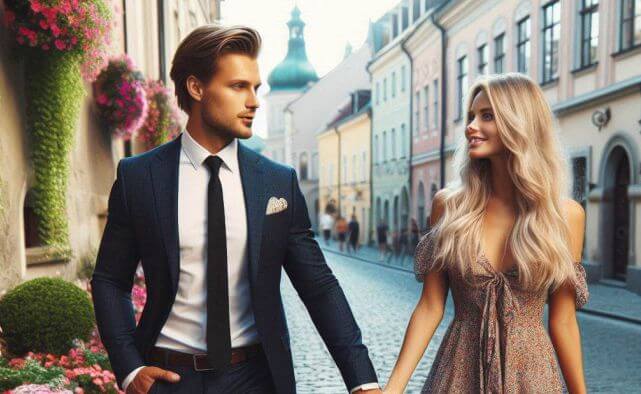
Hair color preferences are not a matter of personal taste; they are deeply rooted in psychological, social, and evolutionary factors.
Numerous studies have explored the dynamics of attraction, suggesting that color selection can evoke certain responses grounded in culture and personal experiences.
For instance, in Western societies, blonds are often perceived as youthful, playful, and more approachable.
This can be traced back to various stereotypes perpetuated by media representation and societal norms, where light hair is romantically idealized.
Societal Conditioning
Social conditioning contributed to forming these preferences. From a young age, people are exposed to various portrayals of beauty and desirability that often favor certain hair colors.
These experiences shape beliefs and attitudes that can unconsciously influence romantic choices later in life.
Notably, a study showed that women who identified with popular media figures often modeled their attractiveness standards, leading them to gravitate toward specific traits, such as hair color.
As a result, a preference for blonds may emerge as a primary association for attraction due to its frequent representation in desirable contexts.
Evolution Psychology
Additionally, evolutionary psychology provides insight into why certain hair colors might be more appealing than others.
Theories suggest that individuals might subconsciously associate blonds with healthiness and fertility, attributes linked to vigor and youth.
For example, biological indicators of youth are frequently connected to lighter hair colors in certain populations.
This natural inclination towards traits perceived as advantageous for reproduction could explain why some gentlemen prefer blonds over darker hues.
Understanding the psychology behind hair color preferences illuminates both individual behavior and broader social patterns.
The implications of these preferences in dating and relationships can affect perceptions of compatibility and desirability, shaping the landscape of romantic interactions.
Related: The Kind of Men Women Want
Celebrity Influence and Cultural Impact
The iconic phrase, “Gentlemen prefer blonds,” has deep roots in popular culture, significantly shaped by various celebrities over the decades.
Marylin Munroe
One of the earliest and most prominent figures to embody this notion was Marilyn Monroe, whose platinum blonde hair and sultry persona captivated audiences in the 1950s.
Monroe’s portrayal of the ‘dumb blonde’ character not only reinforced the stereotype but also helped to solidify blonds as societal symbols of beauty and desirability.
Such depictions in films like “Gentlemen Prefer Blondes” further ingrained the perception that blonds are inherently more attractive, drawing a direct line between celebrity status and beauty norms.
Madonna
Another prominent figure to consider is Madonna, whose provocative style and continuous reinvention have challenged traditional aesthetics, while also contributing to the allure of blonde beauty.
As she navigated through various phases of her career, Madonna showcased how blonds can express power and sexuality, thereby influencing public perception toward embracing diversity in beauty.
Her ability to defy conventional norms indicates a shift in how beauty is increasingly seen as multi-layered, giving room for expression beyond hair color.
Modern Society
In contemporary society, numerous rising stars, including actresses like Lupita Nyong’o and model Adwoa Aboah, demonstrate the growing embrace of diversity in beauty standards.
Their prominence challenges the longstanding stereotype that blonds are more desirable, opening up discussions on what is considered beautiful today.
Celebrities now use their platforms to advocate for a broader understanding of attractiveness, emphasizing that beauty is subjective and inclusive.
As these discussions gain traction, they gradually reshape societal standards, underscoring the importance of representation across various backgrounds and appearances.
Reality Check: Preferences vs. Reality
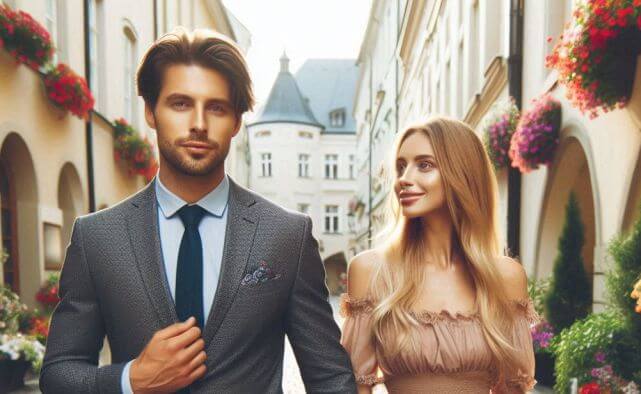
The notion that gentlemen prefer blonds is a stereotype that merits scrutiny in light of contemporary social dynamics.
Recent survey data indicate a greater understanding of attraction, with results suggesting that personal preferences among individuals vary.
While some studies suggest a slight preference for lighter hair in certain demographics, the margins are not as pronounced as popular culture often portrays.
For instance, a survey conducted by a leading dating service revealed that only 25% of respondents explicitly favored blonds, while a substantial 40% indicated they have no specific preference regarding hair color.
This data points to a broader acceptance of diversity in appearance, challenging the longstanding myth of a singular aesthetic ideal.
Moreover, attraction is a multi-layered phenomenon that cuts across physical attributes.
People are drawn to traits such as personality, humor, intelligence, and emotional compatibility.
A recent psychological study highlighted that personal and emotional connections significantly influence romantic preferences.
Participants in this study acknowledged that while initial attraction may be visually driven, the depth of a relationship is often contingent upon shared values and mutual understanding.
Hence, the superficial focus on traits like hair color may overshadow the comprehensive aspects of individual preference.
The evolving perception of beauty standards underscores the importance of celebrating diversity in attraction.
With increasing awareness surrounding various cultural backgrounds and unique characteristics, modern society increasingly values a broader spectrum of beauty.
This emphasis on inclusion reinforces that gentlemanly preferences cannot be generalized and illustrates that attraction is uniquely personal.
In conclusion, while some may still subscribe to the stereotype that gentlemen prefer blonds, the realities of attraction highlight the complexity and individuality that define human relationships today.
Frequently Asked Questions
Why are men more attracted to blondes?
Men may be more attracted to blondes due to societal conditioning, media portrayal, and cultural stereotypes that often associate blond hair with youthfulness and vitality.
Why do Gentlemen Prefer Blondes iconic?
“Gentlemen Prefer Blondes” became iconic as it challenged societal norms, blending humor with social commentary on relationships, attraction, and the complexities of femininity and masculinity.
What percentage of people prefer blondes?
Studies suggest that around 25% of people express a preference for blondes, although preferences vary significantly based on cultural backgrounds and individual tastes.
Pyo Merez is a men’s lifestyle enthusiast and writer about the gentleman’s place and impact on society. Raised by a distinguished gentleman dad, he offers unique insights into how the mind of a gentleman works and how societal norms shape gentlemen’s identity and vice versa.
Through his insightful articles, Pyo taps into the depths of gentleman culture to provide perspectives on etiquette and manners in modern society.
